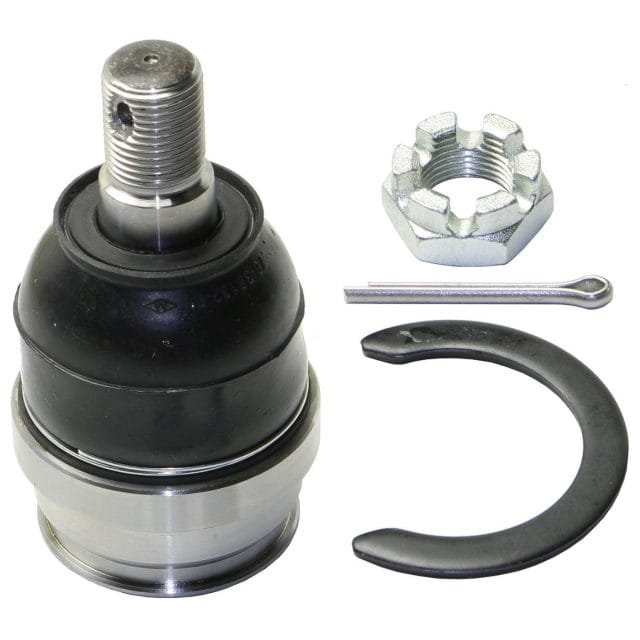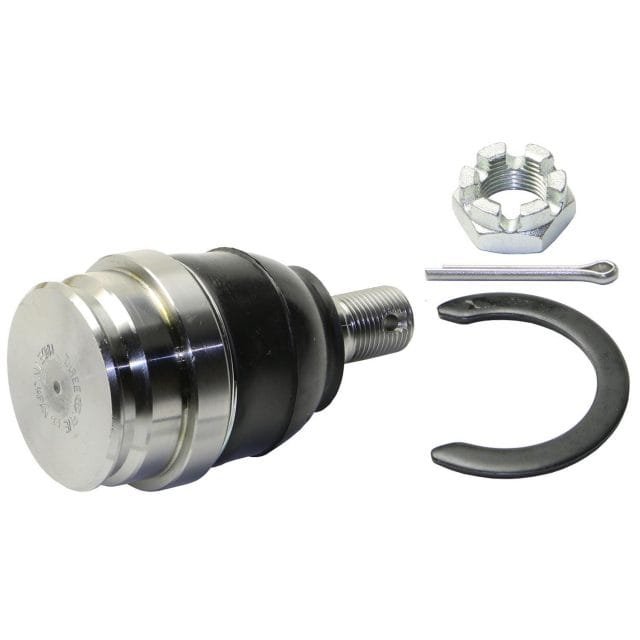Good Maintenance Practices:
Inspect or have your ball joints inspected for signs of wear. Over time, lubrication inside the ball joint can dry out, leading to joint wear. Even sealed ball joints can be exposed to air, and if the ball joint’s protective boot is damaged, dirt and debris could further harm the function and life of the joint. Exposure to harsh driving conditions like pot holes, bumpy road surfaces, or road salt may also cause ball joints to fail. Worn ball joints could result loss of vehicle control or tire damage. Inspect your ball joints regularly, following exposure to events that may harm the component, or when you experience signs of ball joint wear.
Use new components during installation. If you replace your vehicle’s ball joints, make sure to use new mounting hardware, rather than reusing the old.
Avoid replacing only one ball joint at a time. If you choose to replace a ball joint, you should consider replacing ball joints as a set to make alignment easier.
Installing a new ball joint can interfere with the alignment of your vehicle. Perform a full four-wheel vehicle alignment after any ball joint replacement.
Tire wear: as ball joints wear, they allow the front wheels of your vehicle to point outward and away from each other in a ‘toe-out’ position. This position will result in uneven wear on one side of your tire that feathers across the tread toward its center. Worn ball joints may also be signaled by a more extreme variation of uneven tire wear, called camber wear, where the tire leans in or out at the top, and a hard line of excess wear is seen along one edge of your vehicle’s tire.
Alignment issues: an inability to set your vehicle’s alignment to proper specifications may be a sign of ball joint wear.








